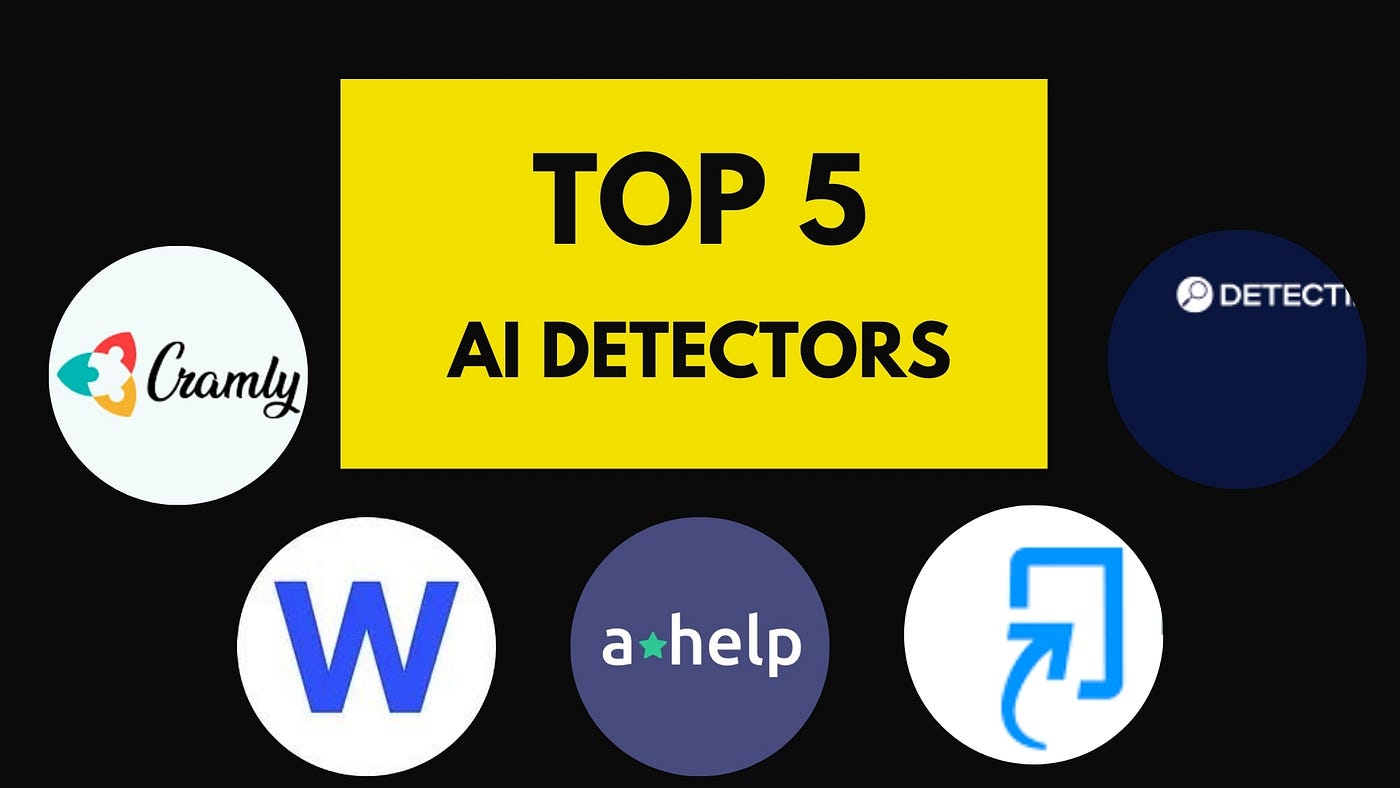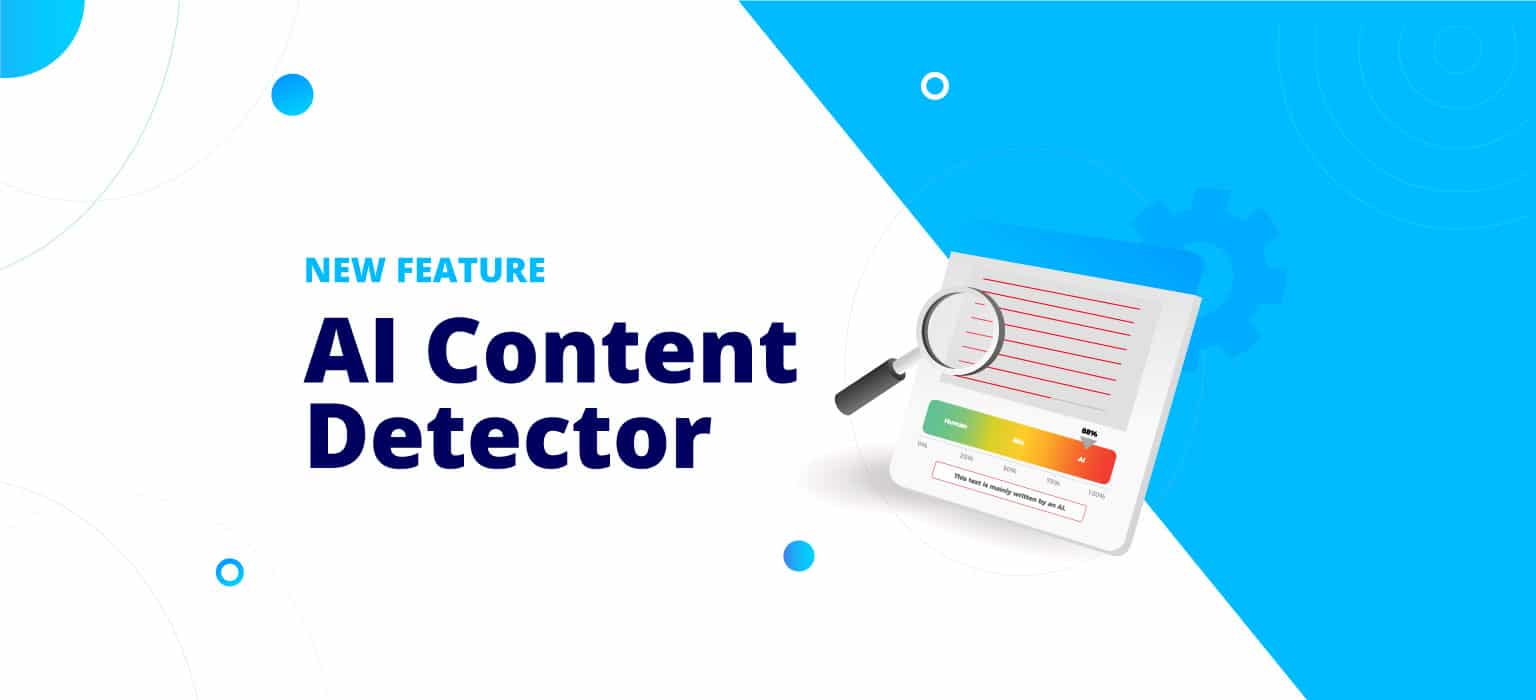AI Detector: Your First Line of Defense Against AI-Generated Materials
AI Detector: Your First Line of Defense Against AI-Generated Materials
Blog Article
Understanding the Significance of an Ai Detector in Today's Digital Landscape
As expert system remains to permeate various aspects of content production, comparing human-generated and machine-generated material has actually come to be progressively complex. This advancing landscape provides substantial obstacles connected to credibility and dependability, necessitating the growth of AI detection devices. These instruments not just help in identifying AI-produced material yet likewise promote the stability of information dissemination. Recognizing their duty ends up being vital as we navigate a future where the trustworthiness of media is under constant scrutiny. What implications might this have for consumers and developers alike?
The Increase of AI Web Content

The rise of AI-generated web content has substantial ramifications for numerous sectors, consisting of journalism, marketing, and amusement - ai detector. Organizations are increasingly utilizing these innovations to boost performance, individualize content, and engage target markets extra effectively. The capability to analyze substantial datasets allows AI systems to tailor web content to satisfy particular individual preferences, giving an extra individualized experience
Nevertheless, the proliferation of AI content likewise elevates vital factors to consider for web content makers and consumers alike. As AI ends up being much more integrated right into web content production process, recognizing the subtleties of AI-generated product is important for maintaining top quality and importance in a quickly developing electronic environment. Welcoming this technical development while staying attentive regarding its implications is essential for stakeholders in the digital media landscape.
Obstacles of Credibility
The emergence of AI-generated content has introduced significant difficulties relating to credibility in digital media. As formulas come to be more sophisticated, identifying between machine-generated and human-created material comes to be progressively hard. This blurring of lines elevates problems concerning the integrity of details and the capacity for false information to multiply.
One of the primary difficulties is the erosion of trust amongst consumers. With AI capable of generating sensible message, pictures, and video clips, people may find it challenging to determine genuine resources from deceitful ones. This apprehension can cause a wider mistrust of all electronic content, complicating initiatives to recognize credible information.
In addition, the ramifications for intellectual home are considerable. As AI tools generate web content based on existing jobs, inquiries relating to ownership and originality develop. Content designers may battle to secure their job from anonymous AI recreations, undermining their incomes and rights.
Lastly, the possibility for destructive uses AI-generated web content, such as deepfakes and automatic propaganda, positions serious honest and societal risks. These obstacles highlight the immediate requirement for structures that support authenticity in the electronic landscape, making sure that info continues to be credible and reputable.
Duty of AI Detectors
Attending to the obstacles of credibility in electronic media calls for cutting-edge remedies, and AI detectors have actually become an essential device in this initiative. These innovations are made to examine and identify material created by synthetic intelligence, therefore helping with the discernment in between machine-generated and human-created materials. The duty of AI detectors expands past simple identification; they also add to maintaining the honesty of details consumed by the public.
AI detectors utilize innovative formulas to inspect different aspects of digital content, including etymological patterns, architectural abnormalities, and certain pens that suggest automation. Their application covers several sectors, consisting of journalism, education and learning, and social media sites, where the visibility of AI-generated content can result in false information and disintegration of count on.

Benefits of Making Use Of AI Detectors
Ensuring authenticity in digital material embodies the basic demand for depend on in details sources, and AI detectors function as an effective ally in this quest. By identifying AI-generated material, these devices aid keep the integrity of details, thereby safeguarding individuals from false information and improving general content top quality.
Among the main advantages of making use of AI detectors is their ability to simplify content verification processes, significantly lowering the moment and initiative called for to assess the credibility of electronic materials. This performance allows content creators, instructors, and businesses to concentrate on producing top quality and trustworthy details, instead of investing extreme sources on fact-checking.
In addition, AI detectors foster responsibility amongst content designers. The understanding that AI-generated web content can be determined encourages openness and moral techniques in content manufacturing. This, subsequently, contributes to a more informed electronic community, as users can with confidence involve with confirmed information.
Future of Content Confirmation
As the landscape of electronic material continues to advance, the future of web content confirmation presents both tests and possibilities for preserving credibility. As AI technologies development, so also do the techniques for distributing and developing false information (ai detector). This arms race between content designers and verification tools demands the growth of more sophisticated AI detectors qualified of discerning real content from manipulated or made material

Additionally, the surge of decentralized modern technologies, such as blockchain, holds assurance for confirming material provenance, ensuring that customers can trace the origins of the info they consume. Eventually, the future of content verification will certainly rest on our capacity to introduce when faced with evolving risks, fostering an electronic atmosphere where credibility is recognized and upheld as an essential principle.
Conclusion
In verdict, the proliferation of AI-generated content necessitates robust systems for authenticity confirmation. The future of content verification hinges on the effectiveness of AI detectors in keeping reliability across various media platforms.
AI material development tools, such as natural language processing models and generative adversarial networks, allow organizations and individuals to generate top notch web content at unprecedented rates and lower expenses.
However, the spreading of AI content also raises important factors to consider for material designers and customers alike. As the elegance of AI-generated web content proceeds to progress, the duty of AI detectors ends up being increasingly important in guarding authenticity and promoting transparency in electronic communication. The expertise that AI-generated material can be recognized encourages transparency and ethical methods pop over to this site in content production.As the landscape of electronic content proceeds to develop, the future of content confirmation tests both presents and opportunities for keeping authenticity.
Report this page